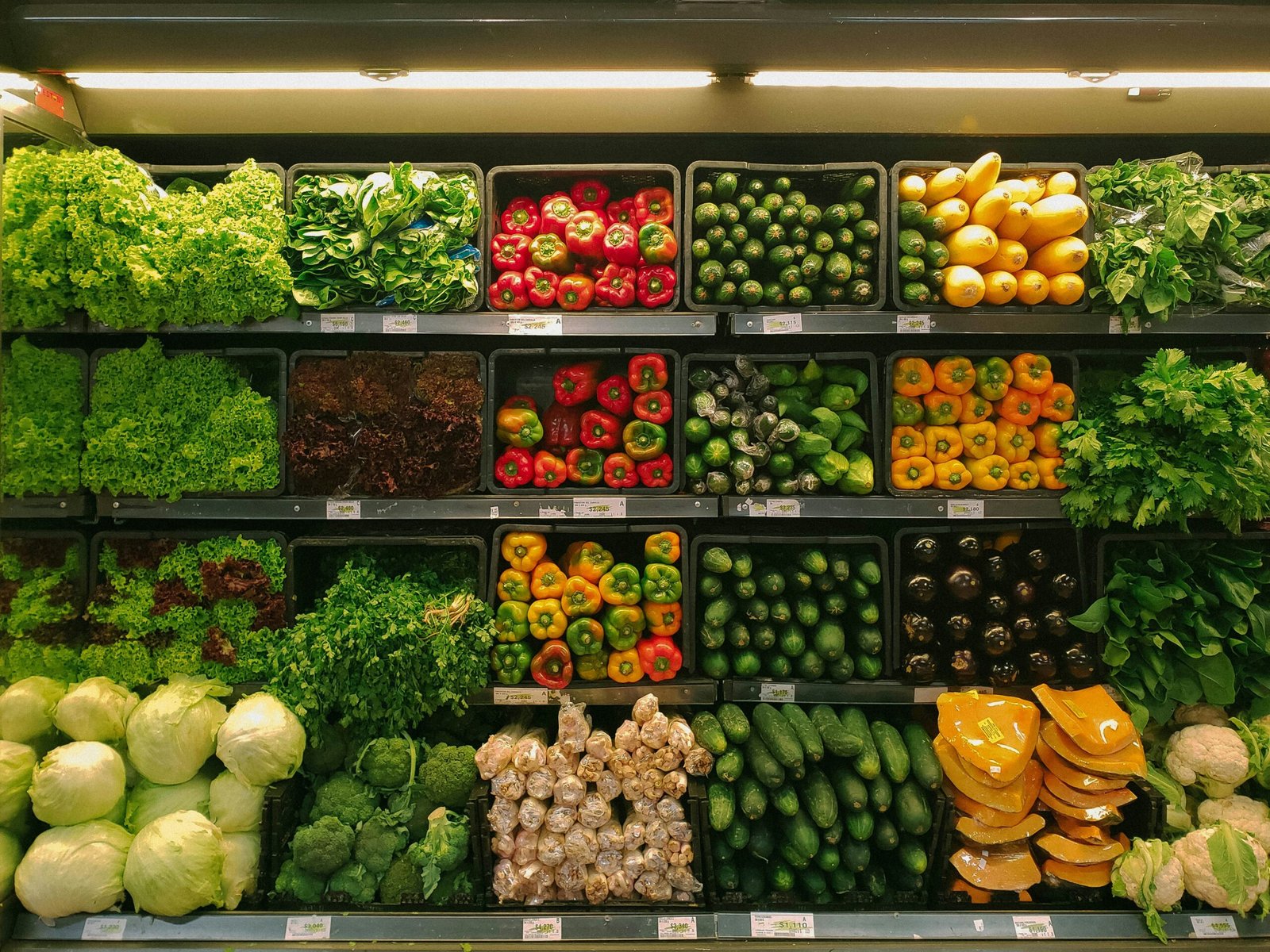When disaster strikes, food becomes more than fuel. It’s peace of mind. Too many “emergency food kits” rely on artificial preservatives, low-grade fillers, and mystery ingredients that leave you tired and foggy when you need to stay sharp. Organic emergency food supplies flip the script. They focus on clean nutrition, real ingredients, and long-term energy you can count on.
If you’re serious about being ready, you’ll want food that lasts and keeps you healthy. That’s where organic survival kits, freeze-dried meals, and sustainable storage methods come in. And yes, brands like My Patriot Supply make it easier to build that kind of pantry without overthinking it.
What Makes Organic Emergency Food Worth It
Not all emergency food is created equal. Some packs are basically flavored starch with salt. Organic options raise the bar by giving your body actual nutrients — not just calories.
Real Nutrition When It Matters
Organic emergency meals tend to keep:
- More vitamins (especially C, A, and B)
- Rich minerals like magnesium and iron
- Healthy fats from nuts and seeds
- Natural antioxidants that help fight stress
These aren’t tiny differences either. When you’re running on limited food for days, that nutrient quality shows up in your energy, focus, and recovery.
Long Shelf Life Without Weird Additives
You don’t need chemicals to make food last. The best organic kits rely on old-school science and modern packaging:
- Vacuum sealing removes oxygen and locks in freshness.
- Freeze-drying keeps texture and taste for 20+ years.
- Controlled dehydration cuts moisture without cooking away nutrients.
Store them right — cool, dark, dry — and you’ll still be eating them decades from now.
How to Store It Without Losing Quality
Good food can go bad fast if you don’t store it properly. Even the best kits fail in a damp garage or a hot attic. Keep things simple:
- Find a steady temperature around 55°F if you can.
- Use airtight containers or sealed buckets.
- Drop in oxygen absorbers for long-term storage.
- Avoid sunlight and humidity at all costs.
If you’ve got a dehydrator, use it. Drying your own organic fruits or veggies can extend your food supply and cut waste. One of my favorites? Dehydrated
When you take care of your food, it’ll take care of you.
Smart Choices: Kits and Staples
Building an emergency pantry doesn’t mean hoarding random cans. Think in layers: ready-made kits for convenience, plus bulk staples you can customize.
Start with something dependable like My Patriot Supply’s emergency food kits. Their 4-week survival pack, for instance, covers around 2,000 calories a day and stores for up to 25 years. Then add your own organic touches:
- Dried beans, lentils, and chickpeas
- Organic quinoa and brown rice
- Freeze-dried fruits and veggies
- Almonds, chia, and flax seeds
- Coconut oil or olive oil powder
Blend, mix, and rotate. It’s your pantry — make it fit your taste and nutrition goals.
A Quick Word on Sustainability
Organic isn’t just about health. It’s also about responsibility. By choosing organic emergency food, you’re cutting down on synthetic fertilizers, pesticide residue, and wasteful packaging. That means cleaner water, healthier soil, and food that doesn’t harm the planet while keeping you alive.
Use what you store, and store what you’ll actually eat. Rotate supplies yearly. Label dates. Compost what expires. Simple habits, but they add up to a more sustainable way to prep.
Pulling It All Together
Organic emergency food gives you more than calories — it gives you confidence. You know what’s in it. You know it’ll last. And you know it’ll actually nourish you when everything else is chaos.
Brands like My Patriot Supply make stocking up easier, but your real power lies in knowing how to build a pantry that reflects your values: clean, sustainable, and strong.
When the unexpected hits, that preparation pays off — in energy, calm, and peace of mind.
FAQs
What’s the best food to stockpile for survival?
Organic freeze-dried fruits, vegetables, and grains. They keep nutrients for 20–30 years if sealed tight.
What staples should every emergency food supply include?
Organic beans, rice, quinoa, oats, nuts, and dried produce. Add a clean protein source and you’re set.
How do I plan a 2-week supply?
Shoot for 2,000 calories per person daily. Choose long-lasting organic meals and stash purified water.
Which brands are reliable?
Try My Patriot Supply for convenience and shelf life, plus organic-certified companies like Valley Food Storage or NuManna for premium clean ingredients.
What’s the best storage method?
Cool, dark, and dry. Store in airtight containers with oxygen absorbers at around 55°F.
How long does organic freeze-dried food last?
Up to 30 years when stored correctly — sometimes longer.
Why go organic in emergencies?
Because your health doesn’t take a break during a crisis. Organic food has fewer toxins, more nutrients, and better flavor.

